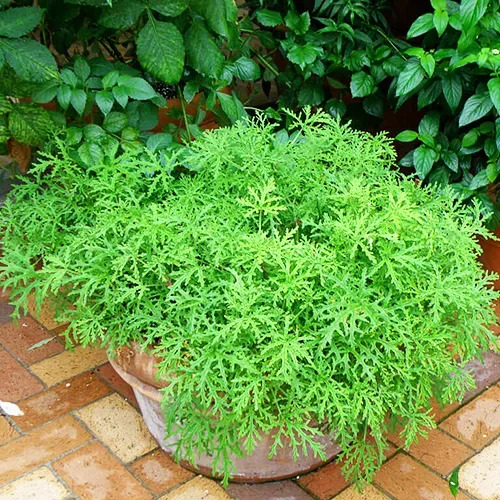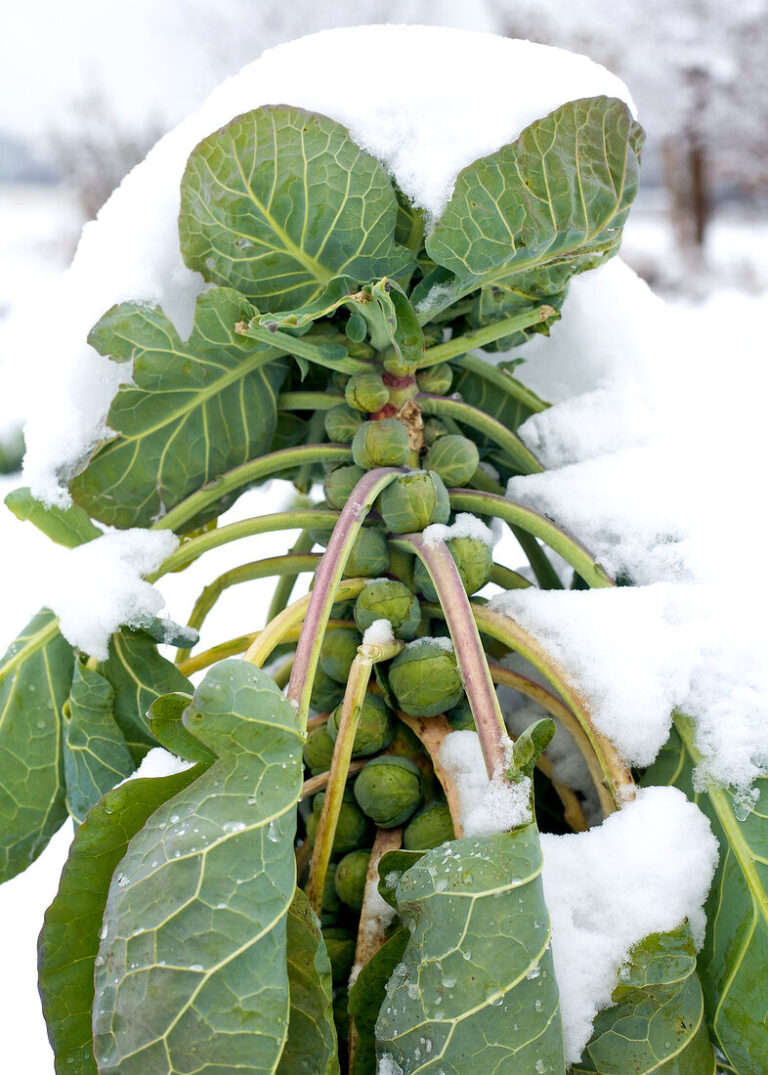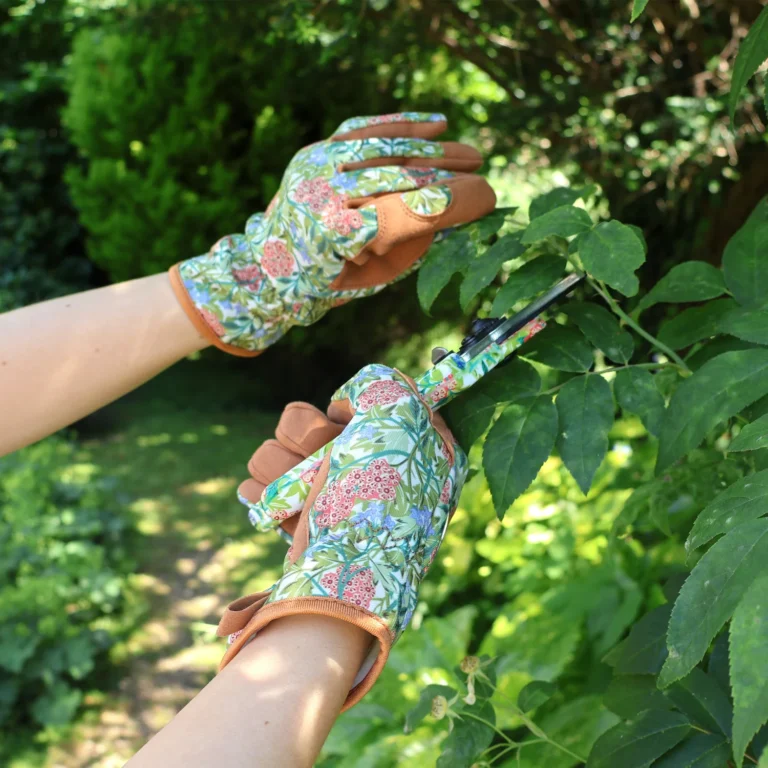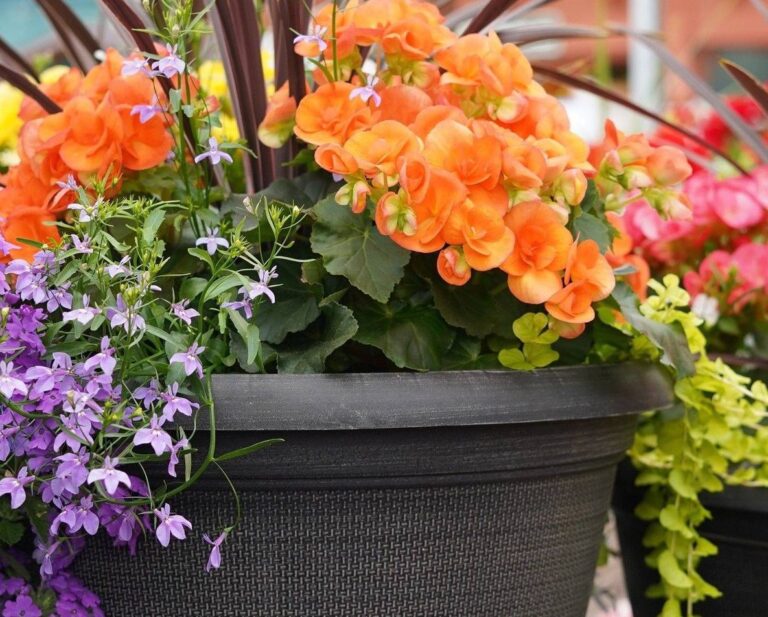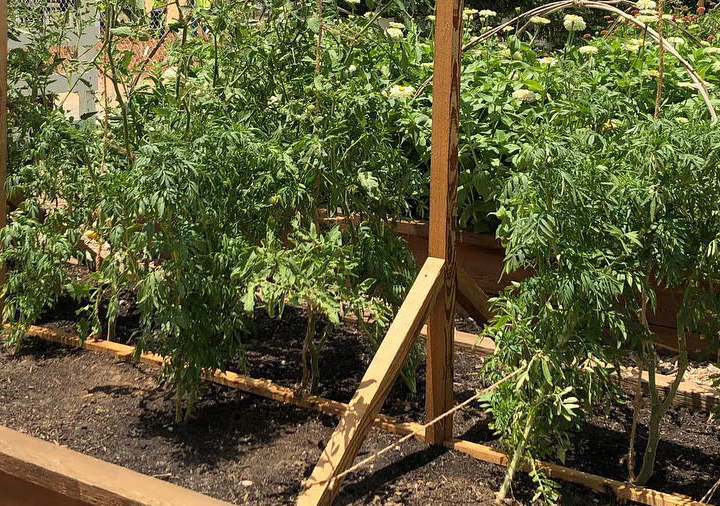How to Grow Citronella: A Fragrant and Functional Garden Favourite
There’s something about the scent of citronella that instantly brings to mind warm evenings, barefoot on the patio, maybe with a glass of something fizzy and the hum of insects in the background—except, hopefully, fewer mosquitoes.
That fresh, lemony fragrance? It’s not just nostalgic—it’s also practical.
And the best part? You can grow it yourself, whether you’ve got a sprawling backyard or just a sunny balcony.
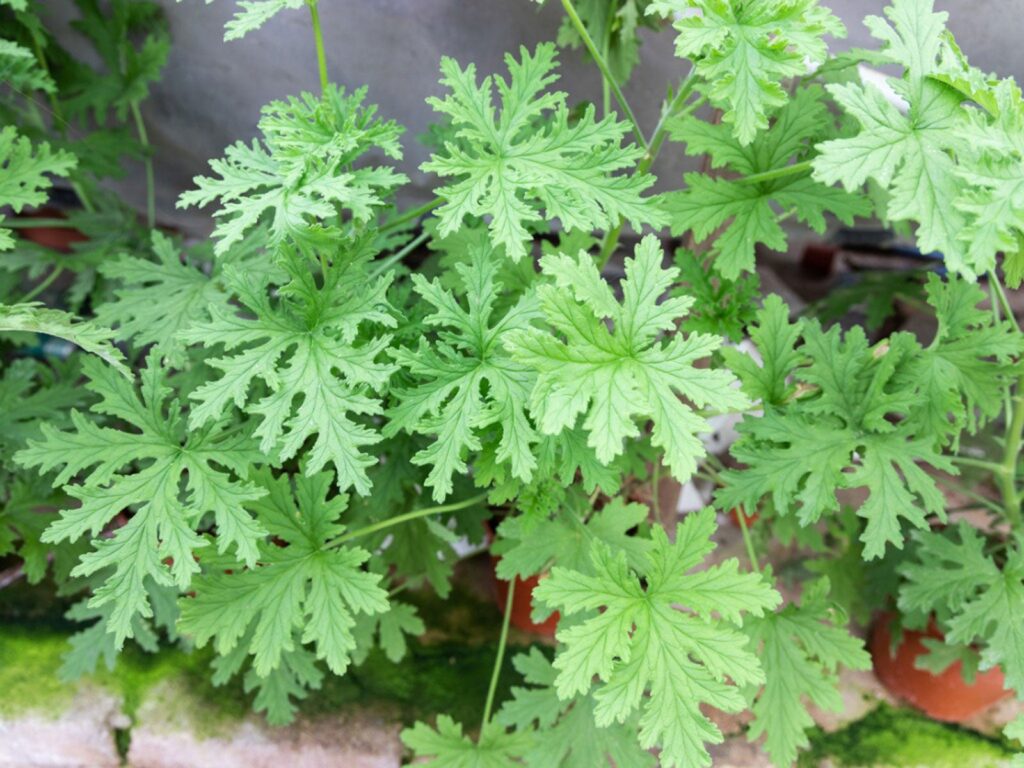
I first started growing citronella in my Auckland garden, but over the years, I’ve shared tips with friends in the States, the UK, and even parts of Asia, and it’s surprisingly adaptable once you know what it needs.
What Is Citronella, Really?
Let’s clear something up first: “citronella” isn’t one single plant. Most people are familiar with the “mosquito plant” sold at garden centres—it’s actually Pelargonium citrosum, a lemon-scented geranium.
It smells amazing but doesn’t pack much of a punch when it comes to mosquito control.
Then there’s the real deal: Cymbopogon nardus or Cymbopogon winterianus—types of lemongrass known as true citronella. This is where citronella oil comes from, the kind you’ll find in candles, sprays, and essential oils. It’s this grass variety that’s used commercially and has real insect-repelling properties when processed.
Both can be grown at home, and both make lovely, fragrant additions to any garden.

Growing Conditions: What Citronella Loves
Whether you’re in New Zealand, Florida, Sydney, or southern Italy, citronella generally loves the same things:
Sunlight
Citronella craves the sun. Aim for 6–8 hours of direct sunlight per day. In hot climates, a bit of afternoon shade can help prevent the leaves from scorching. If you’re growing indoors, place your pot near a bright window—preferably facing east or west.
Soil
It likes loose, well-draining soil. Think loamy, slightly sandy textures. If your soil tends to hold water, mix in some perlite or pumice. I usually throw in some compost too—these plants like a bit of nutrition but won’t thrive if things get soggy.
Watering
Moderation is key. Water when the top inch of soil is dry, and be careful not to overwater. They don’t like wet feet. In humid climates, you’ll water less. In dry regions or summer heatwaves, a bit more.
Stick your finger in the dirt—it’ll tell you what’s up.
Temperature
Citronella is a tropical plant, so it hates frost. If you live somewhere that gets cold winters (below 10°C / 50°F), grow it in containers so you can move it indoors when temperatures drop.
It makes a lovely houseplant near a bright window during the colder months.
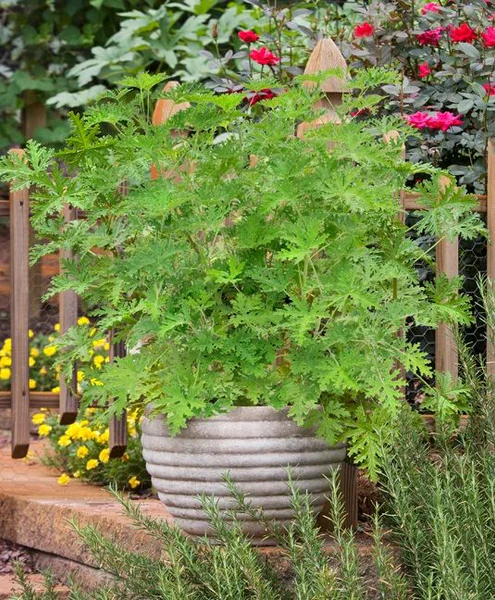
Practical Growing Tips for All Climates
In Cold Regions:
- Grow in pots or containers so you can bring them inside when frost threatens.
- Use a grow light indoors if natural light is limited in winter.
- Trim back the plant in autumn and reduce watering while it’s dormant.
In Tropical/Subtropical Areas:
- You can grow citronella in the ground year-round.
- Give it room to spread—some citronella grasses can get up to 1.5 metres tall!
- Cut it back regularly to encourage new growth and prevent it from getting too leggy.
In Mediterranean Climates:
- Excellent drainage is a must. If you have clay soil, grow in raised beds or containers.
- Consider pairing citronella with lavender or rosemary—they love the same conditions.
Propagation: Get More Plants for Free
Citronella propagates easily. For the geranium type, just:
- Snip off a healthy stem (about 10–15 cm / 4–6 inches)
- Strip off the lower leaves
- Place it in water or damp soil
- Roots usually form within 2–3 weeks
For citronella grass, divide mature clumps at the base—each section should have roots attached. Replant in fresh soil and water it in well.
Does It Really Repel Mosquitoes?
Short answer? Not really—not by itself. A live plant doesn’t release enough oil into the air to do much on its own. But crush a few leaves and rub them on your skin, or combine it with other herbs like basil, mint, or lemon balm, and you might notice fewer bites.
And hey, even if the mozzies still show up, you’ve got a gorgeous, fragrant plant that brings beauty and character to your space.
My Favourite Ways to Use It
I love placing citronella pots around the outdoor seating area, mixed with bright flowers like marigolds and zinnias. It gives off a natural cottage vibe.
If I’m having people over, I’ll crush a few leaves and drop them into a bowl of warm water to release the scent—or even steep a few in hot water for a calming herbal rinse.
It’s also fun to make DIY mosquito sprays using citronella leaves, lemon eucalyptus, and witch hazel (but always spot test before applying to skin).
Final Thoughts
Citronella is a beautiful, low-fuss plant that brings a lot to the table—fragrance, foliage, and a bit of that natural magic we all crave in the garden.
Whether you’re growing it for its scent, for company on the patio, or just for the joy of watching something thrive, it’s a wonderful addition to any outdoor (or indoor) space.
So if you’ve got a sunny spot and a little love to give, give citronella a go. It might just become your new garden favourite.


